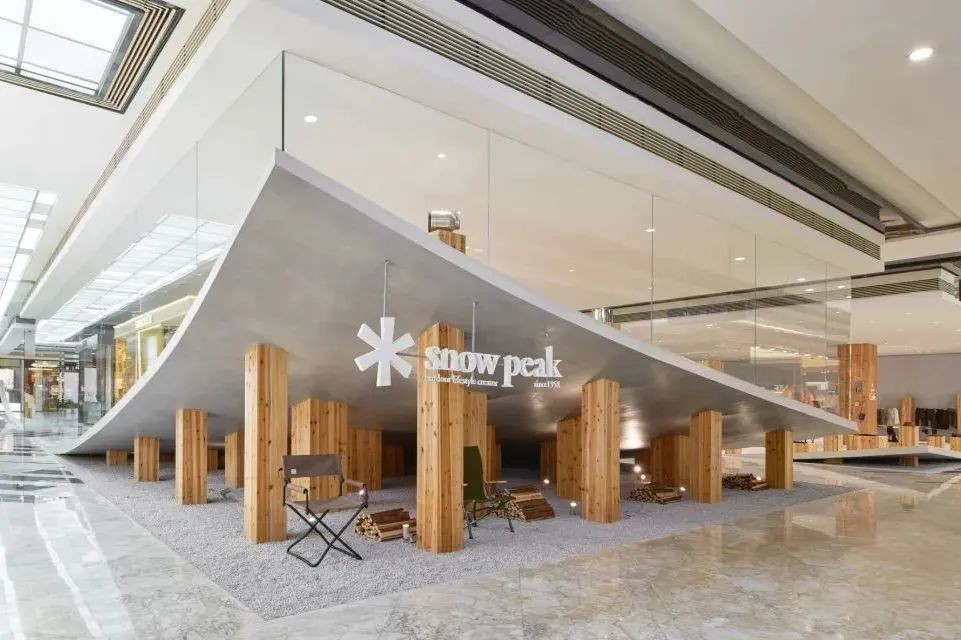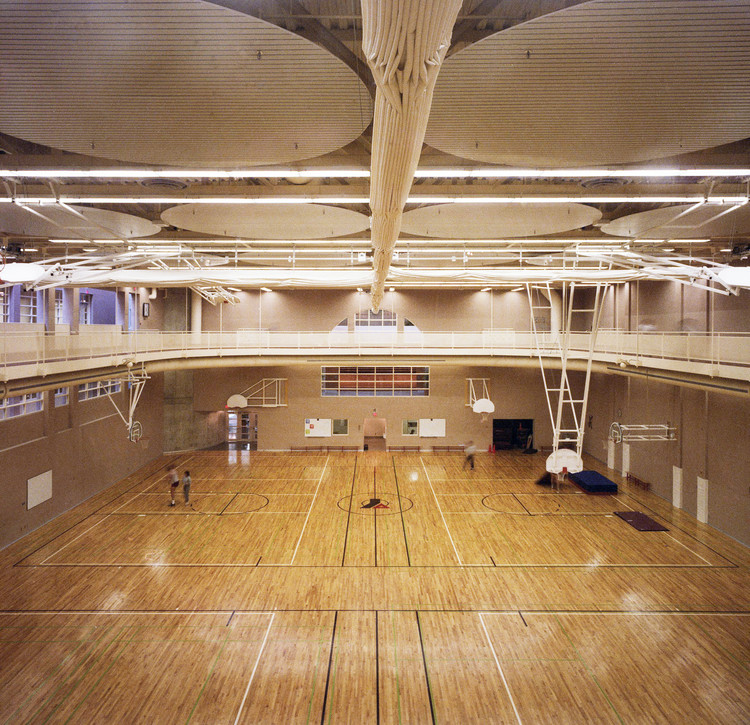Dream Hotel Studio Puisto Architects
2014-02-16 01:00
© Patrik Rastenberger
帕特里克·拉斯滕贝格


架构师提供的文本描述。美梦酒店是作为流行的梦旅社的高档延伸而设计的。招待所于2010年开业,坐落在市中心的一座老工业建筑中,紧邻坦佩雷音乐厅。为了满足想要买一间负担得起的双人间或双人房的顾客的需要,梦旅社决定扩建一层额外的房间。
Text description provided by the architects. Dream hotel is designed as an upscale extension to the popular Dream Hostel. The hostel opened its doors in 2010 and is located in an old industrial building in the center of the city and in close proximity of the Tampere concert hall. To serve the needs of customers looking for an affordable double or twin room, Dream Hostel decided to extend the premises with an extra floor.
© Marc Goodwin
c.马克·古德温


Puisto建筑师工作室和梦想旅社之间的合作始于2013年秋季,当时Uusi-Kaupenki(新城)集体举办了一次研讨会。在车间里,Puisto工作室提出了在空置的办公室和工业建筑中临时住宿的概念。事实证明,这是一个完美的匹配的计划和前提的梦想招待所。
The cooperation between Studio Puisto Architects and dream hostel started in the fall of 2013 after a workshop of the Uusi-Kaupunki (New Town) collective. In the workshop Studio Puisto developed a concept for temporary accommodation in empty offices and industrial buildings. This turned out to be a perfect match with the plans and premises of Dream Hostel.
© Patrik Rastenberger
帕特里克·拉斯滕贝格


工业建筑的开放性是通过将房间作为单独的单元放置在开放空间中而得到加强的。这样就产生了一种置身于公共公园中的感觉。为了使房间负担得起,它们保持紧凑,只容纳必要的房间。阅读、放松和与其他客人见面的空间被放置在单独的房间外面。大约一半的房间都有一扇有街景的窗户,其他的房间都是在空间中央成簇排列的,与公共空间之间有天窗,这是与外部的关系。此外,还有厨房和会议室为客人免费存放,比传统的酒店客房更有价值。
The open character of the industrial building is strengthened by placing the rooms as separate units in the open space. Thus creating a feeling of being in a public park in between individual volumes. To keep the rooms affordable they are kept compact and accommodate only the necessary. Space to read, relax and meet others guests is placed outside the individual rooms. About half of the rooms have a window with street view, where as the other rooms are organized in clusters in the middle of the space with a skylight to the public space as a relation to the outside. In addition there is a kitchen area and meeting rooms at free deposal for the guests, offering extra value over a conventional hotel room.
© Marc Goodwin
c.马克·古德温


梦幻酒店的设计和建造时间紧凑,预算有限。为了取得最好的效果,设计师、客户、建筑商和家具制造商之间紧密合作,开发了设计解决方案。建设于2014年春天开始,梦想酒店于8月初开业。
The Dream Hotel was designed and constructed with a tight schedule and limited budget. To achieve the best result, design solutions were developed in tight cooperation between the architects, client, constructor and furniture manufacturer. Construction started in the spring of 2014 and the Dream Hotel opened its doors in the beginning of August.
© Patrik Rastenberger
帕特里克·拉斯滕贝格


为了创造一个和平、温暖的气氛,同时负责任地使用材料,自然材料得到了广泛的使用。房间用当地的木料覆盖,公共空间的墙壁到墙壁的地毯是用剑麻做的,房间之间的隔音是用木纤维做的,所有的木质表面都用天然油处理。
To create a peaceful warm atmosphere and at the same time use materials responsibly, there is an extensive use of natural materials. The rooms are covered in locally sourced wood, the wall to wall carpeting of the public space is made of sisal, the sound insulation in between the rooms is made of wood fibers and all wooden surfaces are treated with natural oils.
Floor Plan


有了梦幻酒店,建筑师们创造了一个独特的酒店概念,模糊了酒店和招待所之间的界限。它没有完全满足传统的酒店标准,而是尝试提供客人真正需要的一切,让他们睡个好觉。
With the Dream Hotel the architects have made a unique hotel concept, blurring the lines between a hotel and a hostel. Rather than full filling the conventional hotel standards it tries to offer everything that a guests really needs for a good nights sleep.
© Patrik Rastenberger
帕特里克·拉斯滕贝格






























Architects Studio Puisto Architects
Location 33870 Tampere, Finland
Category Extension
Project Year 2014
Photographs Marc Goodwin, Patrik Rastenberger
























